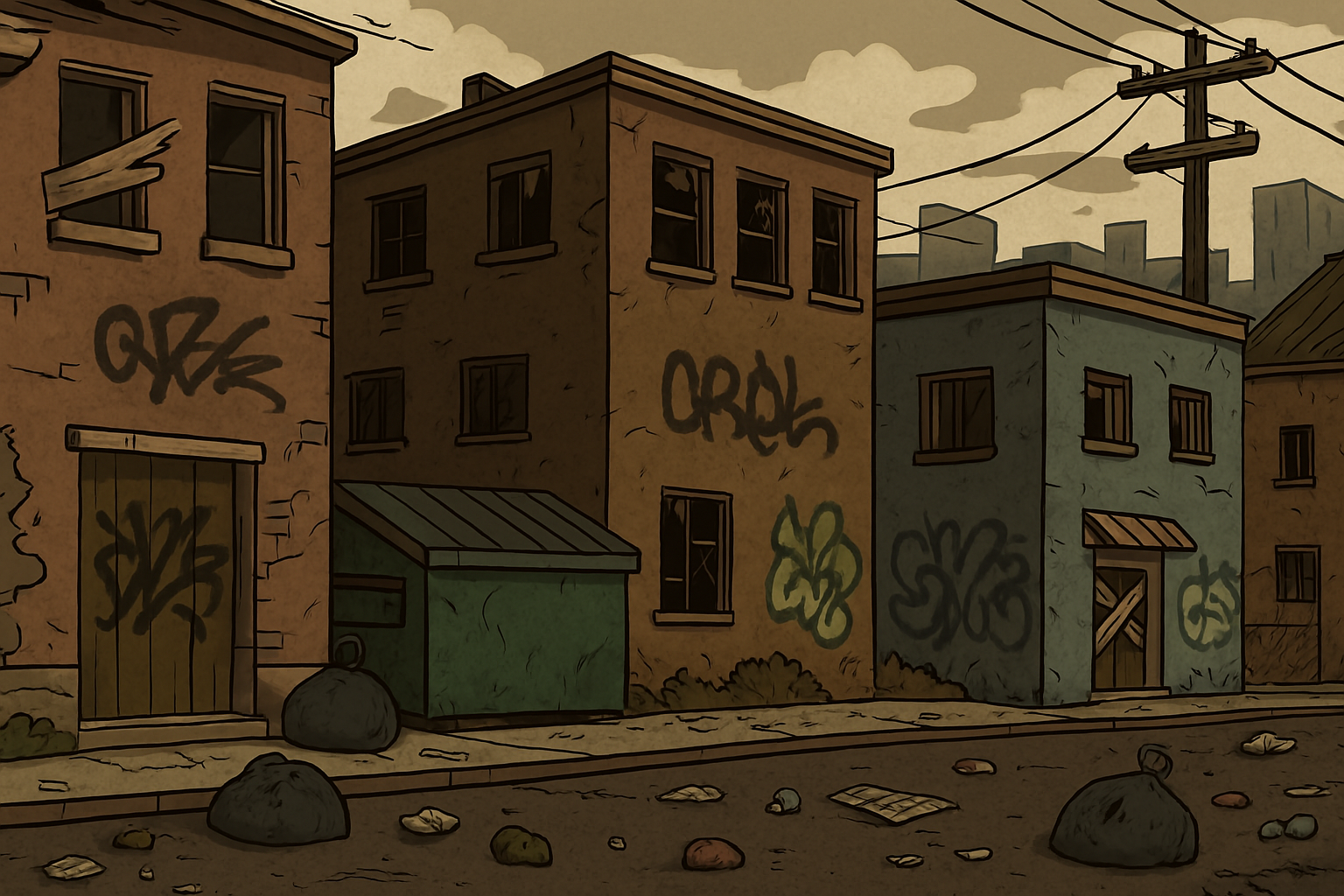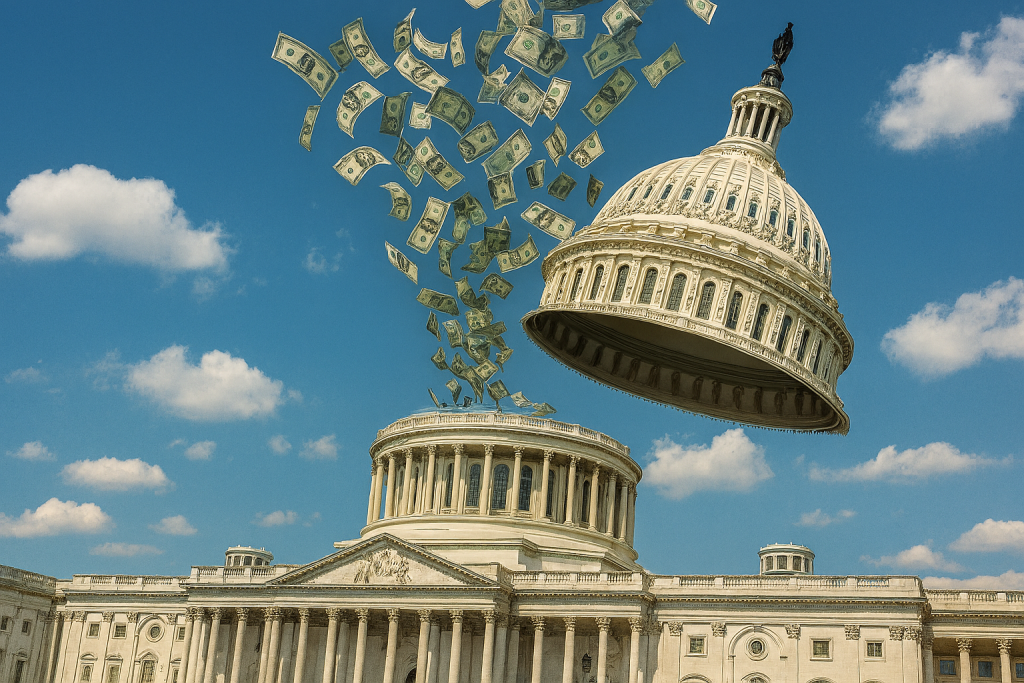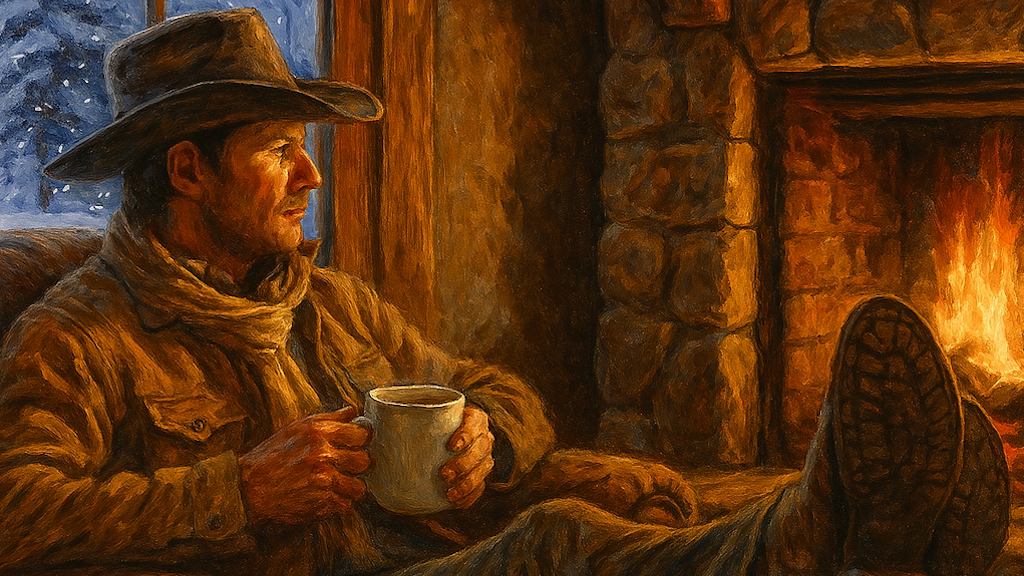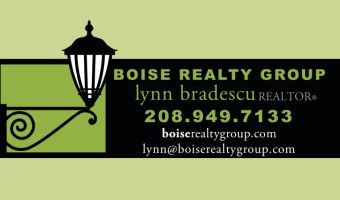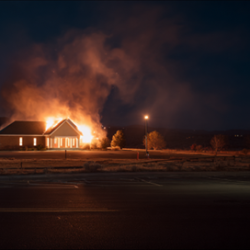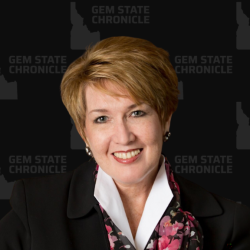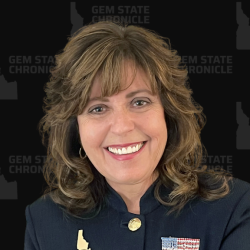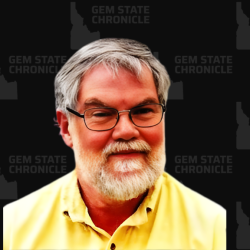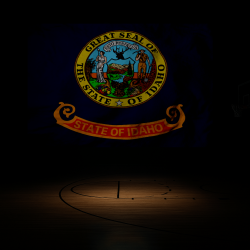If you follow local politics, you’ve surely heard the phrase “urban renewal.” Yet ask anyone on the street what it means, and you’ll often get blank looks. Urban renewal has become an important part of local governance, and it most likely affects your property tax bill. I realized I didn’t know enough about this concept myself, so I’ve been digging in, and I’d like to share what I’ve learned with you.
In 1965, the Legislature concluded that too many areas within Idaho cities had deteriorated to the point where they posed a growing menace to public health, safety, morals, and the welfare of Idahoans. For these reasons and more, lawmakers created Idaho Code Title 50, Chapter 20, known as the Urban Renewal Law, allowing the formation of urban renewal agencies. The legislative findings specifically used words like “slum” and “blighted areas,” giving you an idea of what the authors of the law were intending.
The entire chapter is worth reading if you have the time. In short, when a city council decides that a section of town is in need of renewal, it can create an urban renewal district (URD) in that area. Once the district is created by a vote of the council, property tax valuations are frozen at that moment in time for the purposes of allocating revenue to traditional taxing districts. This doesn’t mean the assessor stops updating property values—assessments still rise or fall with the market—but the extra tax revenue from those higher values goes to the urban renewal agency instead of to cities, counties, schools, or fire districts.
Margaret Carmel over at BoiseDev explained it well in an article earlier this year:
When a city creates a new urban renewal area, the property tax collections inside its boundaries freeze at the time of creation. Any increase in property values and the extra tax it generates goes to the urban renewal agency instead of taxing agencies like schools, ACHD and police.
For instance: Say a property is worth $100,000 and pays $1,000 per year in property tax at the time of the urban renewal area. Over time, it increases in value to $150,000 and the owner pays $1,500 in property taxes. Of that $1,500, $1,000 would go to the regular taxing agencies and the extra $500 would go to an agency like CCDC.
The agency can spend the dollars on a variety of projects like infrastructure, streetscapes and property acquisition.
In short, taxes levied on any increased property values within the URD go to the urban renewal agency, which is overseen by a board appointed by the mayor and confirmed by the city council. This has the second-order effect of shifting tax burdens for the city, county, school district, fire district, and others to taxpayers outside the URD, because rising property values inside the URD are captured by the agency instead.
As you may recall, local taxing districts set their budgets during the summer, then divide the needed property tax revenue by the total taxable value in the district. This creates the levy rate, which you multiply against your home’s assessed value (minus the homeowner’s exemption) to find your tax bill. If part of the value of properties within the URD is excluded from your city’s, county’s, fire district’s, or school district’s taxable base, then your share of that tax bill will be higher than it would otherwise. If property values are growing outside the URD as well, that effect can be somewhat offset, however since URDs are targeted at areas that, by definition, have low property values—slums, blight, abandoned lots—the increase in values after the URD is created can be significant.
Make sense?
Urban renewal districts are generally intended to expire after twenty years. This time limit isn’t in Title 50, Chapter 20 itself, but in Idaho Code § 50-2903(20), part of the Local Economic Development Act, which governs how tax-increment financing works.
It gets even more complicated. In recent years, Idaho cities have been creating URDs centered on a single private company. For example, Chobani in Twin Falls has a URD that helps cover the infrastructure necessary to support its yogurt plant, one of the largest in the world. By using a URD, Chobani’s own property taxes go directly toward funding the water, sewer, roads, and other facilities necessary to support the business.
On the one hand, this seems like a smart arrangement—a business paying for its own infrastructure and having more flexibility to take on large projects. On the other hand, the tax shift I mentioned earlier can create a kind of subsidy for private businesses that use the URD model.
That’s enough for today. I’ll follow up soon, perhaps as early as tomorrow, with a look at how urban renewal districts were changed by House Bill 436 this session, and some of the conflicts over property taxes that URDs have generated. In the meantime, visit your own city’s website and look up information about your local urban renewal districts. What projects are going on in your neighborhood?
Gem State Chronicle is a reader-supported publication. To receive new posts and support my work, consider becoming a free or paid subscriber.
About Brian Almon
Brian Almon is the Editor of the Gem State Chronicle. He also serves as Chairman of the District 14 Republican Party and is a trustee of the Eagle Public Library Board. He lives with his wife and five children in Eagle.


